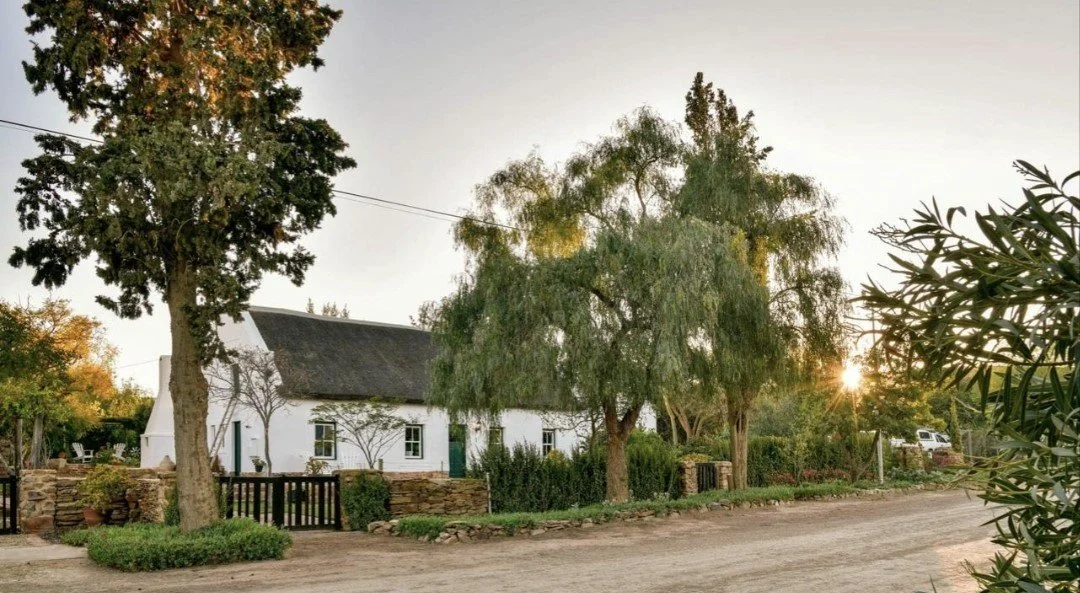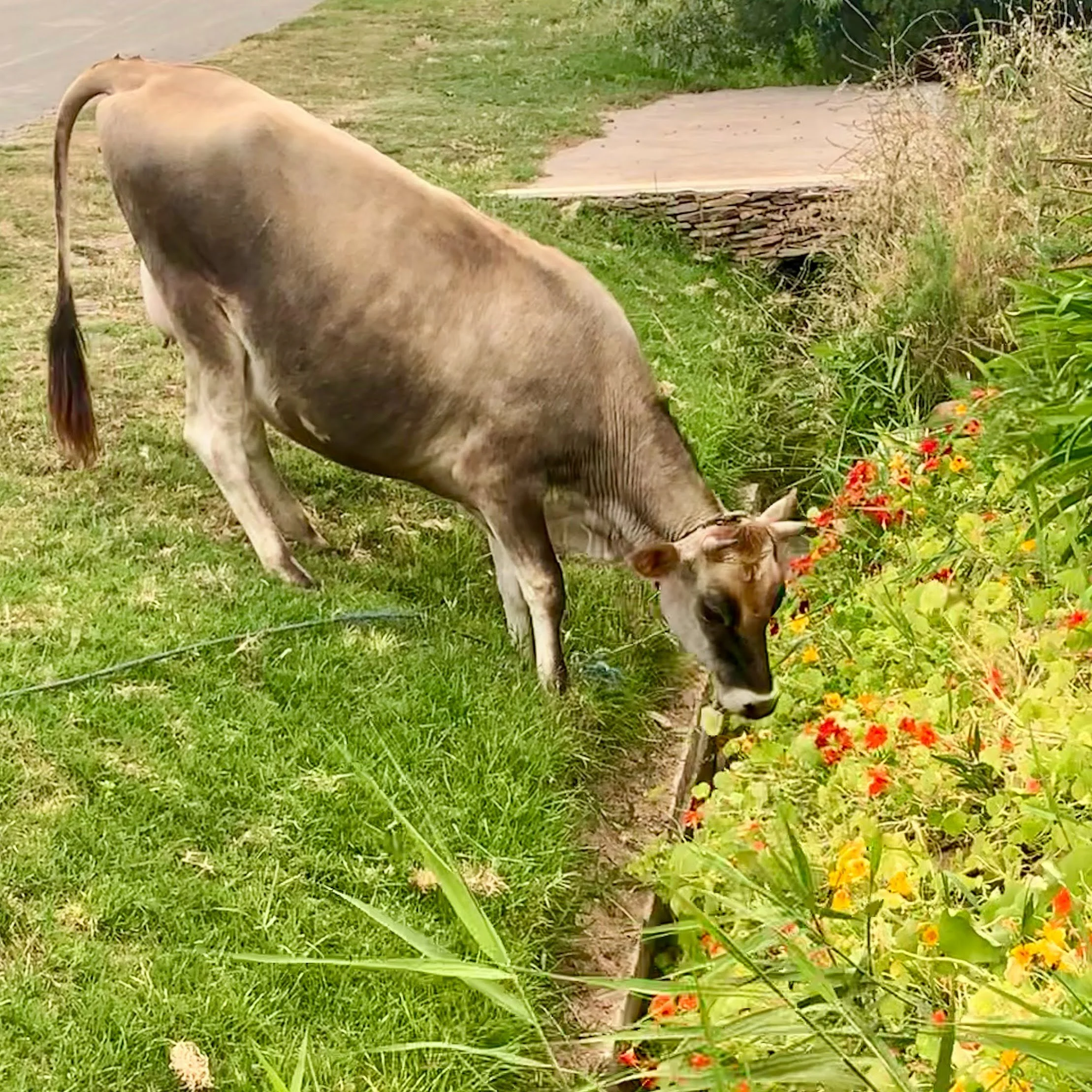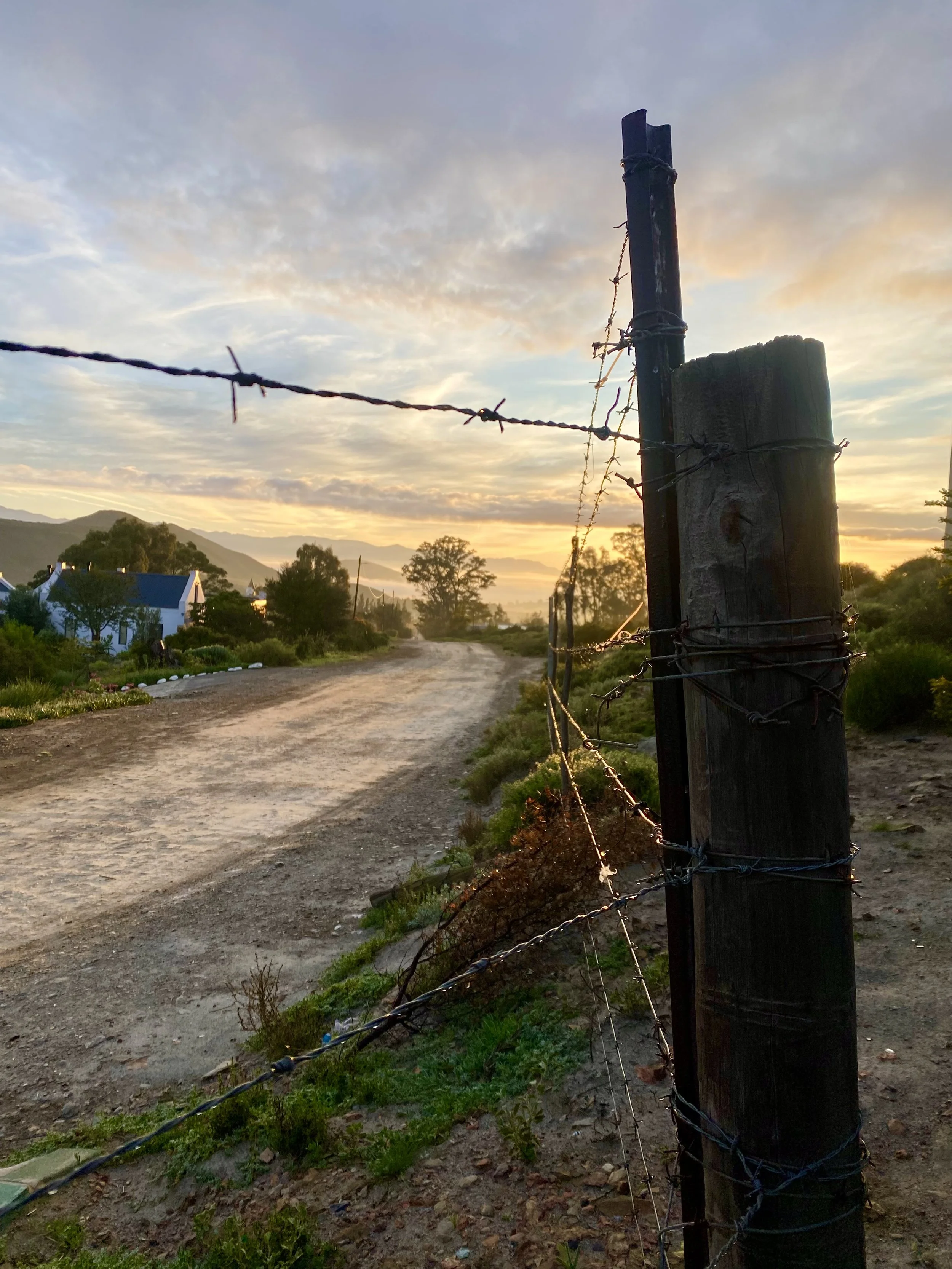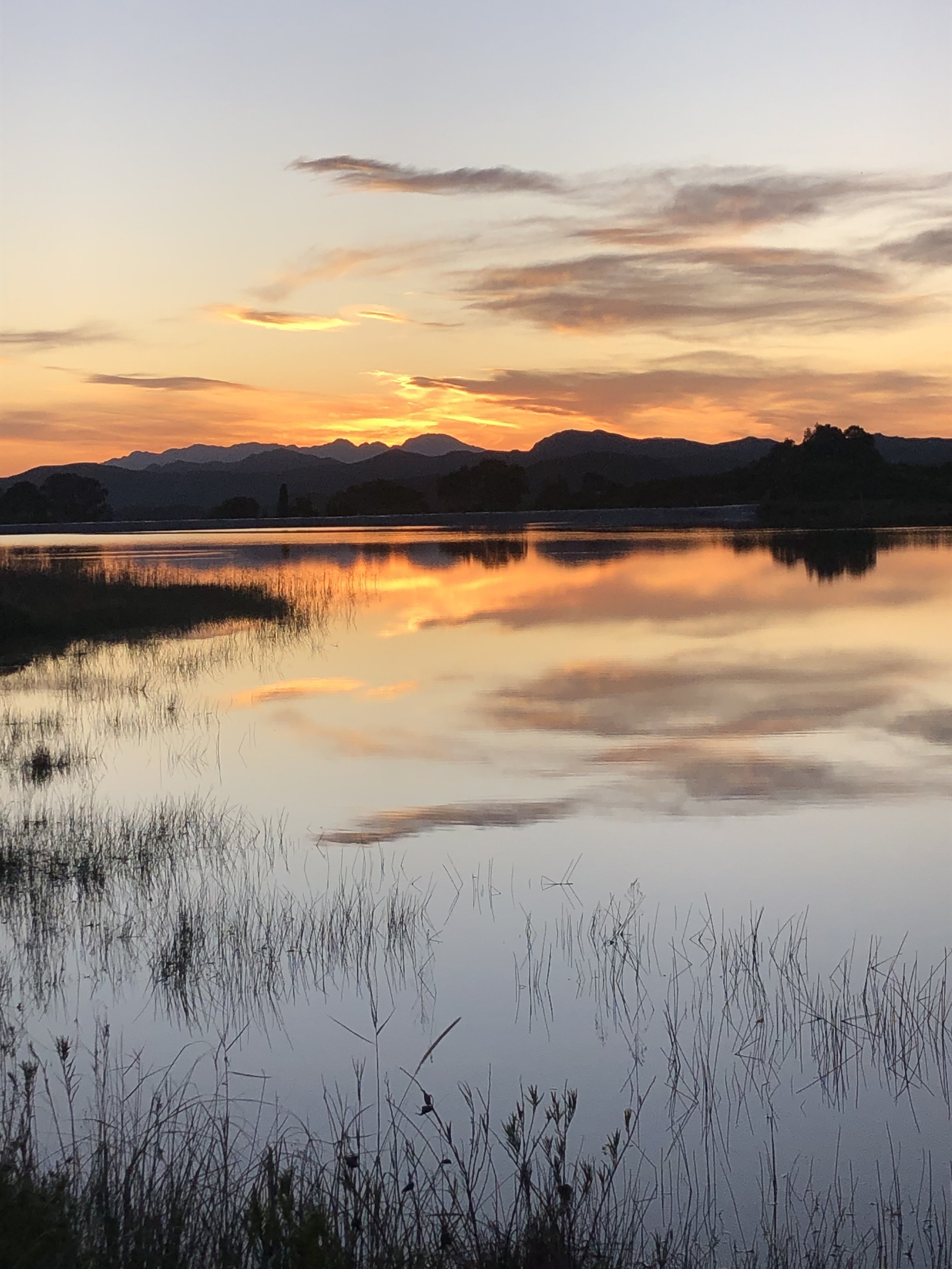
McGREGOR’S SENSE-OF-PLACE
Heritage is that great living creative spirit which, from generation to generation, from age to age,
proceeds, persists, and creates according to the nature of people and their circumstances as they change.
That really is heritage.
‘Sense-of-Place’ refers to the emotional bond and personal attachment people develop with a specific location, including the meanings and significance they give to it, how they feel about it, their sense of belonging, identity, and connection to the environment and its history.
McGregor’s sense of place is rooted in its heritage, which is all-encompassing and relates to both the past (history) and the present (living heritage).
When people’s immediate environment is threatened or changed beyond their control, this creates a contested space. Differences in how heritage is viewed and valued has a direct impact on our personal sense of place. While some people favour the tangible aspect of the vernacular architecture and the silence of the environment as most important, others favour the intangible heritage as more important – its living aspects that continue cultural practices and traditions.
Every culture holds a branch of the SAME shared heritage, which is a symbolic representation of their greater SHARED collective identity. The aspect of memory, for both, is deeply rooted in this aspect of past and present, which together instils McGregor’s sense of place.
McGregor’s sense of place and identity are rooted in the following:
HERITAGE ELEMENT SENSE SENSORY EFFECT
The vernacular architecture Visual Its beauty links one with ancestral roots
The lei water channels Touch Soothing on a hot summer’s day and life-giving sound
The Brass Band Sound Evokes associated memories
The gravel roads Visual Evokes a poetic feeling, rough edges and dust clouds dancing at sunset
The trees and open spaces Visual Evokes associated memories with ancestral roots
Myrna Robins:
The lei-water is the intertwined river of life – it does more than water the gardens and orchards of village homes, it soothes overheated limbs, refreshes both body and soul.
One example of sensitive change to suit modern life is how the main road in McGregor – Voortrekker Street – was upgraded to a tar road. Approval was granted on 6 June 1960, at a cost of £7 500, but the limited budget and semi-rural status of the town meant that no pavements or drains were laid down. Instead, the tar was simply laid over the road surface and allowed to develop a ‘natural edge,’ with gravel sidewalks in places. This blends the modern element of a tar road into a semi-rural streetscape.
Some roads are still left untarred, which maintains McGregor’s semi-rural sense of place.
Lydia Hamilton:
They used to dance under the trees at the bottom of Mill Street, and also at Chris Baumann’s garage, even in people’s yards. They danced a lot. Young and old gathered there.
At one end of Kantoor Street stands a group of tall, mature blue-gum trees. These used to play host to New Year’s Eve celebrations, with residents gathering under the branches and dancing until dawn. These iconic landmarks are an invisible layer in the cultural heritage of McGregor. This gives reason to pause and think twice before chopping down a mature tree.
Goliat Arendorf:
The big old oak tree, which is in Long Street, was planted by my great-grandmother. She just picked up an acorn and planted it, and it grew. Villagers today still ask to be dropped off, or to meet each other, ‘by the oak tree’, where they used to gather in its shade.
All these elements together form part of the cultural landscape of McGregor, which provide a deep and meaningful identity that has become the foundation of the greater collective heritage identity, and which evokes people’s sense-of-place. Understanding this leads to a greater sense of well-being, as one becomes OF the place and not merely IN it.
Bernhardi:
All the old men here are Ooms and expect to be addressed as such, and many wear braces and hats and their wives read the Huisgenoot and they know they are people of the platteland. They have grown into their place with each incremental year, with the certainty of their everyday a groyne against the wash of time.




